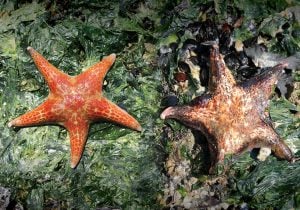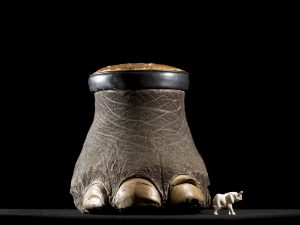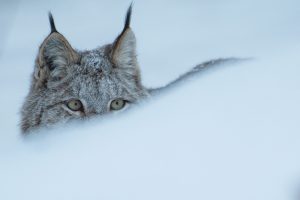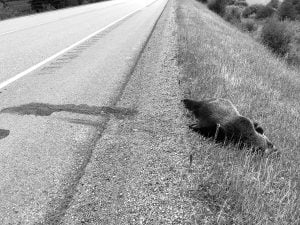At the start of the war in Afghanistan, Canadian troops drew international ridicule when they showed up in the desert equipped with green camouflage designed for forests. Their gear, intended to make the troops blend in with their surroundings, did just the opposite, and brown camouflage uniforms were hastily procured.
According to a new study published in the Journal of the Proceedings of the National Academy of Sciences, the Canadian army may not be alone. Some Arctic mammals’ camouflage is starting to malfunction as the snow disappears faster than it should each spring and takes longer to appear in the fall. Most notably, snowshoe hares — known for their striking white winter coats and brown summer coats — are struggling to adapt to the changing background colour of their environment.
Under the conditions in which the hares’ camouflage evolved, these animals shed their white winter coats as the snow disappears. But as the timing of seasons strays from historical trends, evolution can’t keep up, and the hares are standing out like sore thumbs. For an animal low on the food chain, this means falling prey more easily.
L. Scott Mills, the primary investigator in the recent University of Montana study, says that this study is just the beginning. Soon other animals, including weasels, foxes and even bird species such as the ptarmigan, could be studied for the same effects.
“There’s no reason that what we find in hares wouldn’t apply to other animals,” he says.
But the pressure to adapt may be higher in a “yummy” animal like an snowshoe hare than in a top predator like the Arctic fox.
“Based on an evolutionary principle called the life-dinner principle, you expect the pressure to adapt to be lower when the consequence of failure is that (the animals) miss a meal rather than die,” he explains.
Over the next few months, Mills’s team will sort through the data to find out whether the hares’ inability to camouflage themselves is costing them their pelts or whether they are able to adapt their behaviour to find other ways of hiding.
“Animals might be able to look down at themselves, see that they aren’t camouflaged and adapt their behaviour,” says Mills. “They might move to a snowy patch or prepare to run away or hide in some bushes.”
One way or another, camouflage strategies will likely be under more and more pressure to adapt over the coming century. According to the study, the number of days of snow cover in western Montana — the location of the study — is predicted to decrease by between 40 and 69 days per year.




